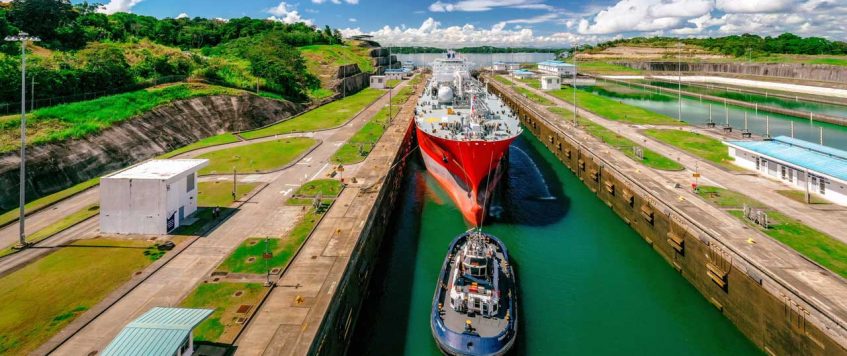-
08
Sep
When Drought Halts a Lifeline: Understanding the Panama Canal’s 2023 Crisis
The Panama Canal, an 80-kilometer waterway crucial for global shipping, is in crisis due to persisting drought conditions that have led to plummeting water levels. The ongoing drought and the resulting measures taken by the Panama Canal Authority have severely impacted its throughput capacity. According to recent data from the Panama Canal Authority, waiting times for non-booked vessels have spiked by between 44% and 59% in just one month. As of last data, average wait times stand at 8.85 days for southbound transit and 9.44 days for northbound passage, up from 5.56 days and 6.55 days in July. This has led to logistical challenges and escalated costs in global shipping routes.
Furthermore, the data reveals that the impact has not been uniform across all types of ships. General cargo vessels, dry bulk carriers, and tankers transporting liquefied petroleum gas have faced longer delays. In contrast, container ships, passenger vessels, refrigerated cargo vessels, and vehicle carriers have been relatively less affected.
The Authority has been imposing restrictions to conserve water, limiting daily transits to just 32 vessels with a draft of up to 44 feet, down from the usual 36 ships with a draft of up to 50 feet. This has resulted in bottlenecks at both ends of the canal, contributing to the uptick in freight tariffs and forcing some vessels to seek alternative routes to avoid delays, especially those that lack priority passage.
While there’s been a slight easing in the backlog of ships, down to 117 from a peak of over 160 in early August, the challenges remain daunting. The Authority has indicated that these restrictive measures, aimed at mitigating the impacts from climate change and prolonged dry seasons, will continue for at least 10 more months.
Interestingly, the last two months have seen a modest increase in rainfall, leading to a stabilization of the canal’s water levels. However, experts have cautioned that this is far from sufficient to either raise the water levels to their optimal capacity or alleviate the drought conditions. Given that the Panama Canal handles an estimated 5% of the world’s total trade, the repercussions of this situation are far-reaching.
To navigate these challenges, a multifaceted, long-term strategy is imperative. This includes not just technological upgrades for better real-time monitoring but also economic incentives like congestion pricing to manage demand more effectively. Infrastructure to withstand extreme climate scenarios is another angle that requires urgent attention. As we look to the future, it’s clear that a comprehensive approach involving technological, economic, and climate resilience measures will be essential to ensure the ongoing functionality of this critical global trade artery.

